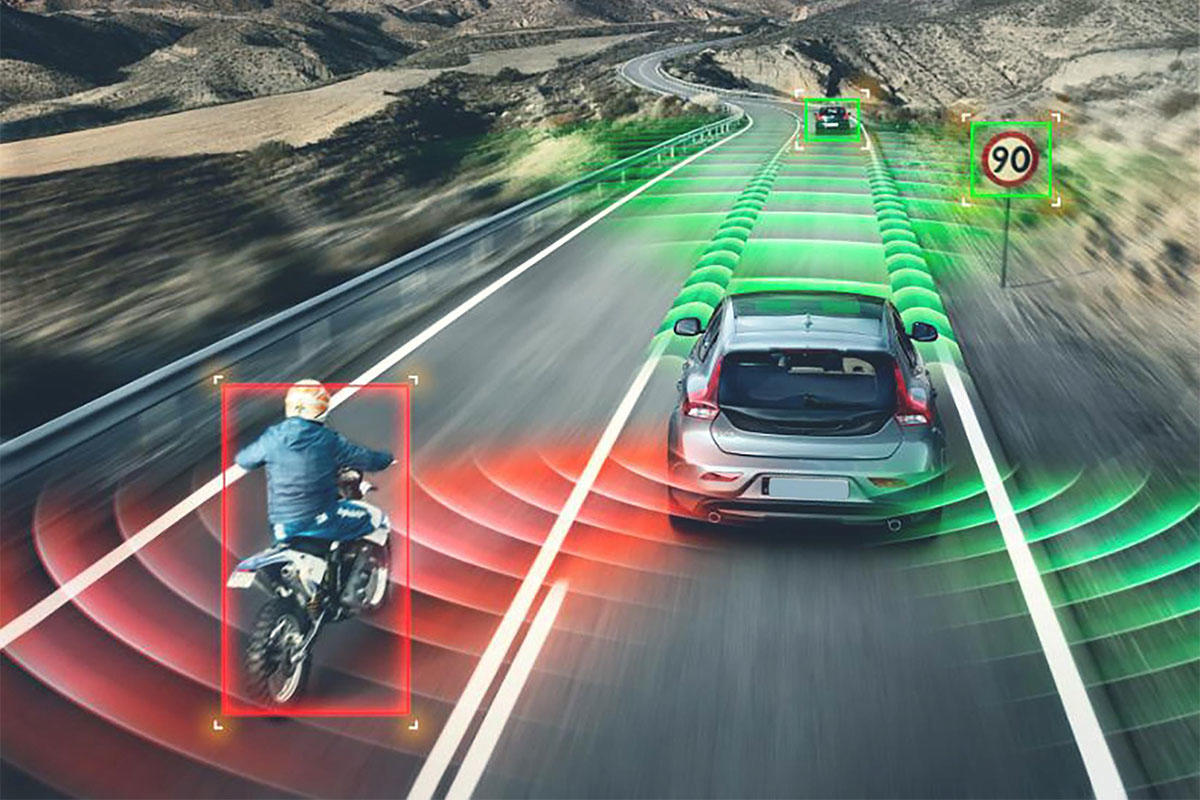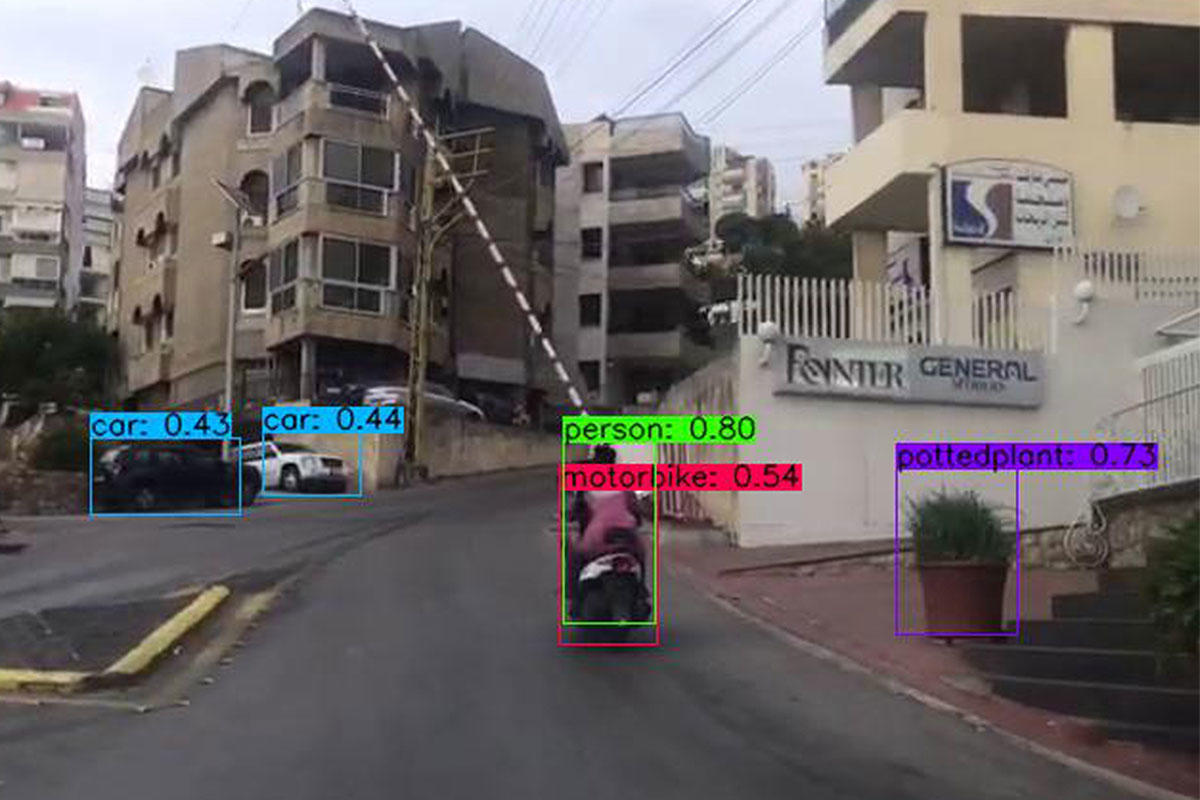SOE Students Make Strides in Computer Vision
Findings by Joseph Chakar and Rayan Al Sobbahi could expedite AI research being conducted at LAU.
Back in 2018, LAU’s School of Engineering started a partnership with a leader in the automotive industry, FEV in France, which paved the way for a number of students from the Mechanical and Industrial Engineering Department (IME) to complete their internships at FEV.
One such student is Joseph Chakar, who spent last summer working on a novel project at FEV: Traffic Sign Recognition as part of the Advanced Driver Assistance Systems (ADAS) team. He was supervised by ADAS Project Engineer and LAU alumnus Houssam Halaby (BE ’17) as well as ADAS Manager Matthieu Borocco.
During his internship, Chakar focused on object detection based on deep learning – a subset of machine learning, which allows computers to detect objects. According to him, computer vision is a fast-moving research area, and he was particularly intrigued to help advance it.
Once back at LAU, Chakar teamed up with graduate computer engineering student Rayan Al Sobbahi, under the supervision of Associate Professor of Computer Engineering Joe Tekli, and worked on a project to enhance computer vision models. Through it, they aimed to tackle a prominent computer vision issue: the need for specialized hardware.
“Object-detection algorithms usually require powerful GPUs to be able to simultaneously detect and label objects in an image or video,” explained Chakar, adding that through his internship, he had realized that access to computational resources posed a challenge. GPUs – Graphic Processing Units – are programmable computer chips with a highly parallel structure, that can process several blocks of data through simultaneous operations.
As a solution, Chakar and Al Sobbahi proposed three lightweight versions of the popular object-detection algorithm YOLOv3. Then they validated their results on a large benchmark image dataset, and their most efficient version managed to reduce the original network’s size by 95 percent, with very little compromise on accuracy.
“We were able to lower the GPU load during the training and make our version of the object-detection algorithm considerably more efficient for real-time applications,” declared Chakar. He added that this can help researchers – including SOE’s faculty and students – accelerate their work on computer-vision projects, from building DIY solutions to autonomous vehicles.
Dr. Tekli lauded the students’ boldness in tackling the project, especially considering how its heavy computation requirements are not available locally. “Joseph and Rayan have smartly addressed the challenges, identified more than one solution and paved the way for other students to build on their recipe of reduced computation with minimal to no compromise on quality,” he added.
Through reducing the computational power needed to run ADAS and AD algorithms in real-world applications, as Halaby explained, the project raises the economic feasibility of deploying these algorithms onboard vehicles. “This research project will help tackle one of the most pressing challenges to commercialize autonomous vehicles,” he declared.
Looking to the future, Chakar hopes to continue building on the project alongside his peers at the SOE, and in partnership with FEV.
IME Chair and Associate Professor Charbel Mansour spoke about the continued collaboration with FEV beyond summer internships, which have already yielded five alumni hires.
He revealed that LAU’s Edward Abi Ghosn Mobility Systems Lab will be acquiring an e-motor test bed design by FEV to emulate real-time performance of electrified vehicles (EV).
“The test bed will train mechanical and electrical engineering students to design energy-efficient EVs using the hardware-in-the-loop platform,” explained Dr. Mansour, adding that engineers from FEV will be giving crash courses at LAU on ADAS, as well as on modeling complex powertrain systems using state-of-the-art FEV software.
Champion a whole generation at risk and donate to the LAU Emergency Financial Aid Fund to help more students secure the future they deserve.

